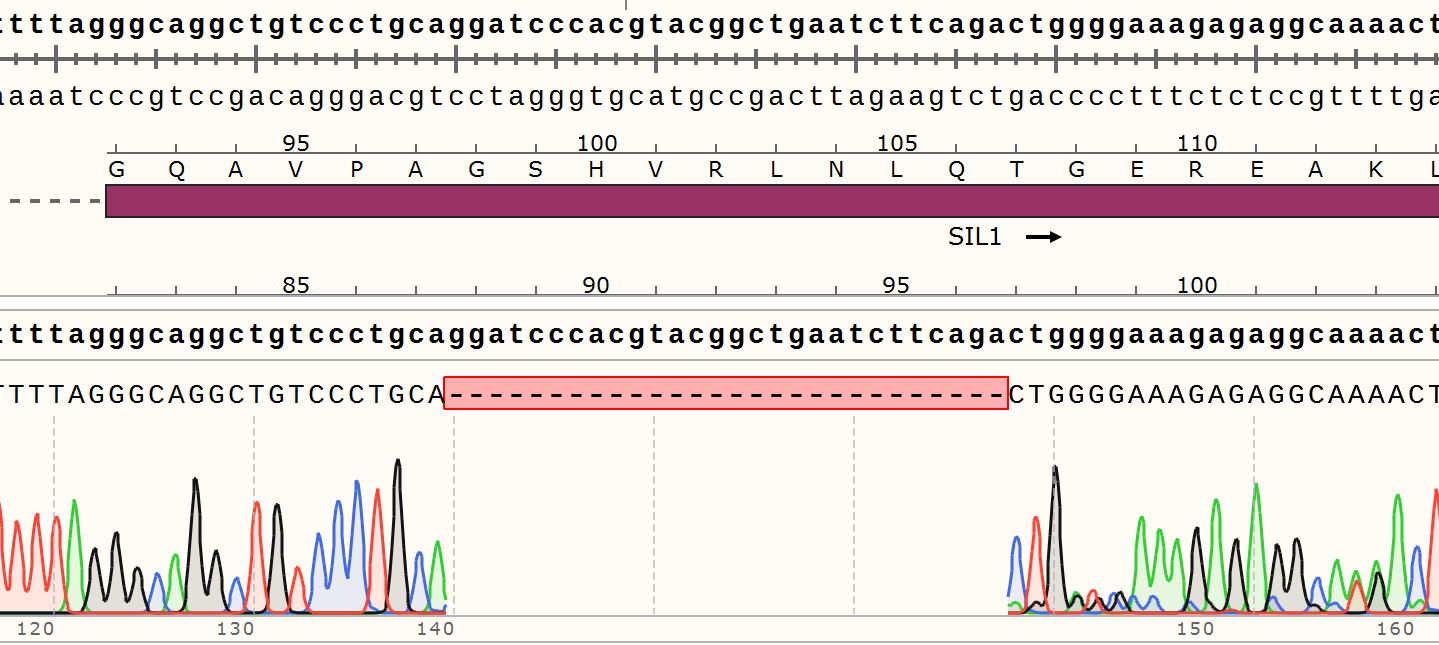
Knockout Cell Line
Get a quote
| Cell Types |
With over 300 types of cell culture experience, our extensive inventory includes transfectable and indefinitely passage cell lines.Comprehensive Cell List. |
|
| Pricing |
Custom pricing varies depending on the cell type and project difficulty. We welcome inquiries for free consultations. |
|
| Timeline |
Our project turnaround time can be as fast as 6 weeks, and ready-to-use KO cells are available in just one week! |
|
| Types of Services |
|


EDITGENE’s customized stable knockout cell line service utilizes an upgraded CRISPR/Cas9 system, developing a diverse range of gene knockout strategies that offer higher positivity rates, broader applicability, and unique innovation. With over 1000 gene editing CRO project experiences and more than 300 types of cell editing expertise, EDITGENE’s professional team ensures the success of your CRISPR Cas9 gene knockout projects.
Additionally, EDITGENE has exclusively upgraded its CRISPR/Cas9 system, establishing a comprehensive knockout cell bank that comprehensively covers drug target research, providing rapid and reliable tools for disease basic research and drug target development.
Upgraded CRISPR KO cell bank
| Authentic In-Stock Products |

|
Authentic Monoclonal |

|
True Professionalism |
|
Industry-Leading 3D Single-Cell Printing Technology Optimal Solution for Positive Monoclonal Cells |
Decades of Expertise in Gene Editing Supported by a Team of Overseas Doctors |
CRISPR/Cas9 Gene Knockout
CRISPR-Cas9 represents a revolutionary gene editing technology capable of precisely modifying the DNA sequences of organisms. CRISPR, a natural immune system found in bacteria and archaea, possesses the ability to recognize and cleave invading viral genomes. By introducing the Cas9 protein along with its corresponding guide RNA, the CRISPR-Cas9 technology accurately locates and shears specific DNA sequences. This approach enables gene knockout, gene modification, and gene insertion operations. The simplicity, efficiency, and flexibility of this technique have made it widely applicable in fields such as biomedical research and agricultural improvement, providing scientists with powerful tools to investigate gene functions, decipher disease mechanisms, and develop novel treatment methods.
EDITGENE utilizes an optimized and upgraded CRISPR-Cas9 system to precisely and efficiently knockout target cell sequences, contributing to the advancement of disease research and treatment. This is primarily reflected in the following four optimizations:
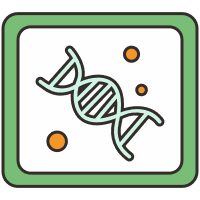
|
Optimized Strategy Leveraging thousands of project experiences, we have created a unique sgRNA design logic that minimizes off target effects. |
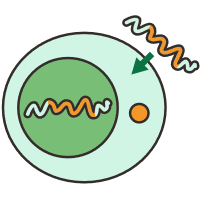
|
Efficient Cell Transfection |
|
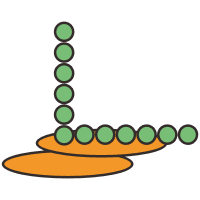
|
High-Performance Cas9 Protein Through independent research and development, we have created a patented high-activity Cas9 protein that ensures precise targeting and doubled efficiency. |

|
Streamlined Cell Selection Utilizing industry-leading 3D printing technology, we efficiently select positive monoclonal cells, eliminating concerns related to cell screening.
|
Workflow
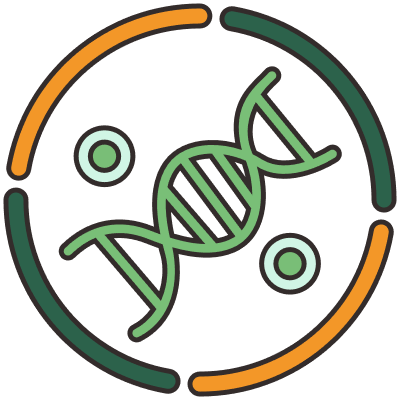
|
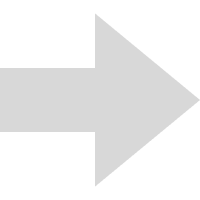 |
 |
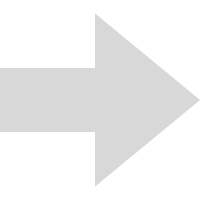 |
 |
|
Preliminary tests
|
|
SgRNA-cas9 knockout vector construction |
|
Lentivirus packaging and transduction |
|
|
|
|
|
|

|
 |
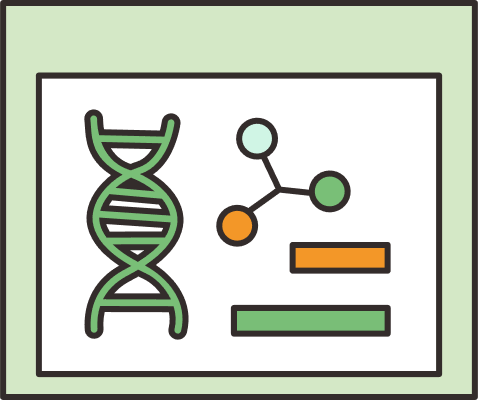 |
 |
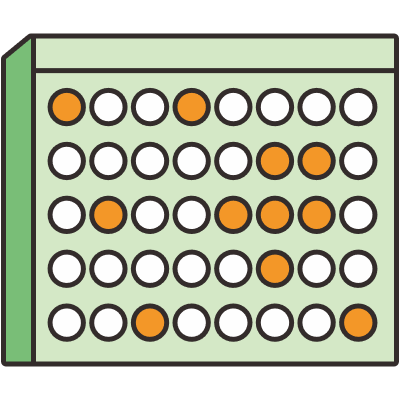 |
|
Single-clone expansion and cryopreservation |
|
Knockout validation |
|
Positive Monoclonal Screening |
Case Study
Project Name: SIL1 Gene Knockout in HeLa Cells
Experimental Outcome: Monoclonal sequencing results demonstrated the emergence of a frameshift mutation commencing at the sgRNA site, characterized by a deletion of 28 base pairs (bp). This confirms the successful knockout of the SIL1 gene.
